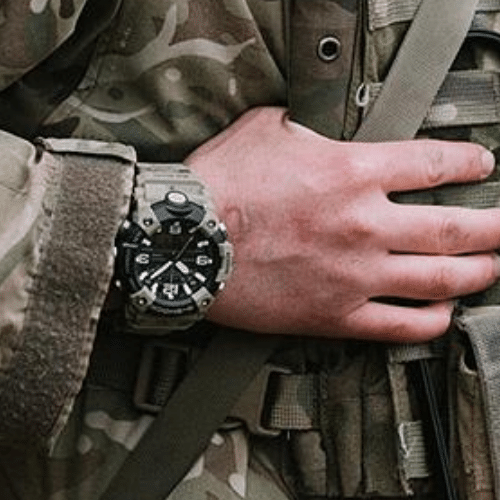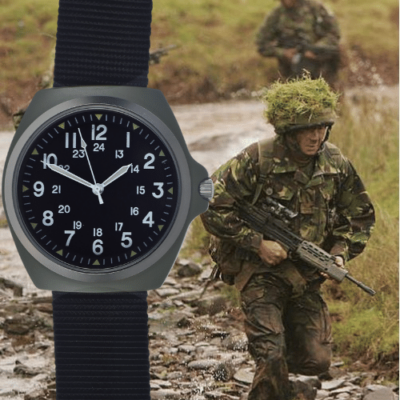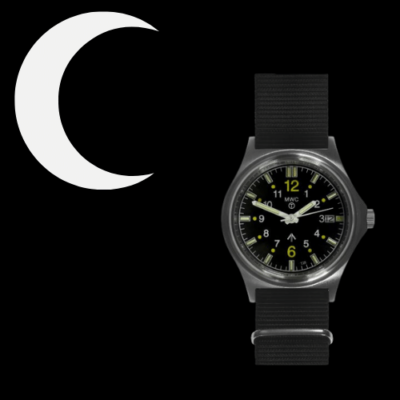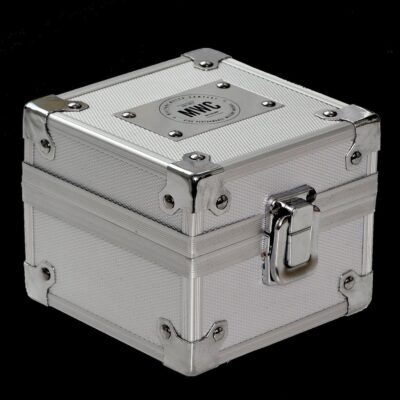News
Russia Launches Largest Ever Air and Missile Assault on Ukraine: What Was Its Purpose?
On June 29 Russian Armed Forces launchd the largest series of air and missile attacks in their history, which was reported by Russian sources to have involved over 400 unmanned aerial vehicles, and approximately 45 cruise missiles, 25 9K720 ballistic missiles from the Iskander-M system, and around half a dozen Kinzhal ballistic missiles. The attacks particularly singled out targets far behind the frontlines across Western Ukraine, primarily in the Lviv, Ternopil, Khmelnytskyi, Ivano-Frankivsk and Rivne regions. The strategic bombardment reportedly took a heavy toll on critical infrastructure, and appears intended to undermine the Ukrainian economy’s ability to continue to sustain the war effort, rather than focusing on targeting frontline forces themselves. The attacks follow growing reports from a number of Western sources questioning the sustainability of the Ukrainian war effort, with the Washington Post on June 26 observing that “positive impact on the economy” in 2025 was “no longer being considered,” as the failure of an expected ceasefire to materialise raised the possibility that continued very large scale Western economic aid would not be sufficient to sustain the economy. Thus supplements the pressure being placed on the Ukrainian economy by Russian forces’ capture of key resource rich areas.

Russia’s defence sector has achieved considerable successes in expanding the production of several classes of cruise missile, ballistic missile and single use drone to several times pre-war levels, which has been vital to facilitating an increased ability both to attacks frontline tactical targets, and to launch major strategic bombardments like that on June 29. Taking the Shahed 136 single use drone as an example, Russia had a negligible capacity to produce such aircraft before full scale hostilities with Ukraine began in 2022, but has expanded production tremendously to surpass China and Iran as the world’s largest manufacturer. Production has since 2023 increased more than tenfold from 300 Shahed 136 drones a month to over 100 per day, with Russian industry on track to be able to produce up to 500 of the aircraft per day. North Korean workers have reportedly recently begun to be dispatched to man Russian production lines to help facilitate this. Russia’s ability to launch large scale strikes has nevertheless been adversely affected by the major losses suffered by its strategic bomber fleet, with at least seven Tu-95MS and Tu-22M3 bombers having been destroyed in Ukrainian drone strikes launch under Operation Spider’s Web at the beginning of June.

Russia’s capacity to launch strikes on strategic targets in Ukraine has been expanded not only due to the achievements of local industry, but also due to the country’s large scale procurements of North Korean ballistic missiles such as the KN-23B, which are among a wide range of types of armaments that have been acquired from the East Asian state at scale for the war. Strikes on strategic targets provide a means of placing greater strain on the economies of Russian adversaries in the Western world, as they are forced to commit more resources to sustaining the Ukrainian economy and replenishing losses of key infrastructure and expended air defence munitions. It was previously assessed in late 2022 that strikes on key infrastructure could force major cities including the capital Kiev to be abandoned. The latest strikes may also represent a response to what Russian government sources allege is an escalation of the mass targeting of civilians in the Russian-speaking Donbas regions which both countries claim as their own territory. Russia has previously launched large scale attacks on Ukrainian strategic targets specifically to respond to and deter attacks on non-military targets both in the Donbas and other Russian claimed territories.












